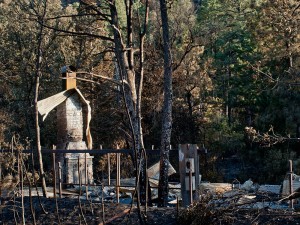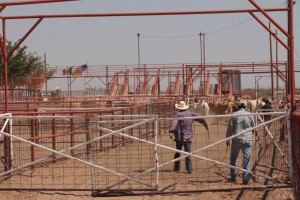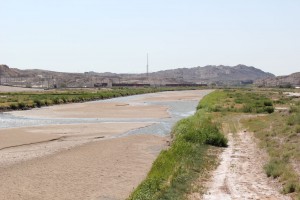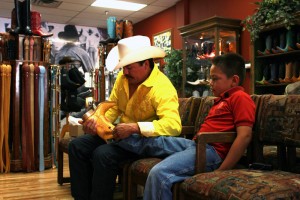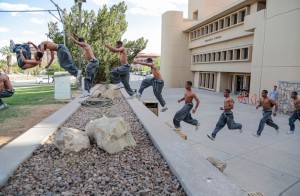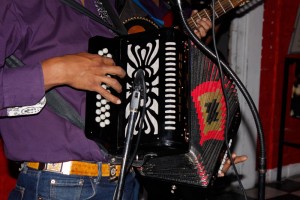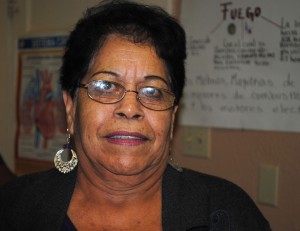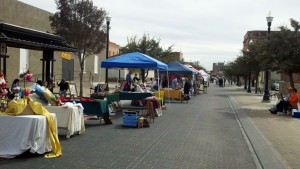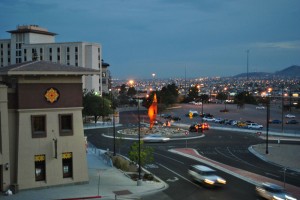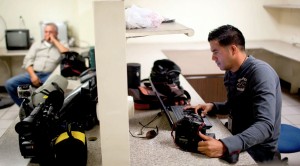Recovery efforts continue in NM at the site of the Little Bear Forest fire
|
LINCOLN NATIONAL FOREST, NM – The Little Bear Forest fire started with a lightning strike on June 4th, consumed more than 43, 000 acres and destroyed 254 residential and commercial structures. It also brought together people from around the nation and within the community to help those families devastated by the loss of home and property. The homes that were destroyed by the fire consisted of a collection of permanent residences and summer homes, but no matter what type of structure they were, the owners and leasers have lost a important part of themselves. For many it was impossible to save family heirlooms and mementos from the fire. “We live in Albuquerque,” said Christine Moore whose family shared her childhood home as a summer home, “so we didn’t know anything about it till early the next morning.”
With many people affected adversely by the fire there has been an outpouring of support and generosity from within the Ruidoso community as well as from outlying communities such as Las Cruces and Albuquerque.
